As natural resources diminish, the construction industry faces a pressing challenge, particularly with the scarcity of sand. However, scientists at the Indian Institute of Science (IISc) in Bengaluru have embarked on a groundbreaking endeavor to tackle this issue. Under the leadership of Assistant Professor Souradeep Gupta, researchers at the Centre for Sustainable Technologies (CST) are spearheading the development of innovative, eco-friendly alternatives to conventional construction materials.
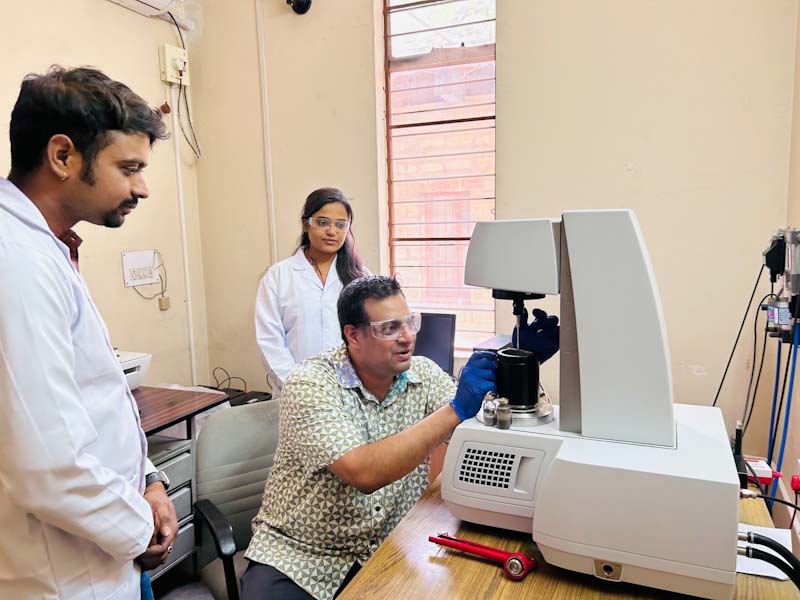
The Sand Scarcity Crisis:
Natural sand, a fundamental ingredient in construction, is rapidly depleting, posing significant environmental and economic challenges. In response, the team at IISc's CST has devised a sustainable solution: a sand substitute derived from excavated soil and construction waste. This revolutionary approach not only mitigates the environmental impact of construction but also enhances material properties, heralding a new era of sustainable building practices.
Harnessing Carbon Dioxide for Transformation:
Central to this innovation is the utilization of carbon dioxide (CO2) captured from industrial waste gases. By treating excavated soil and construction waste with CO2, researchers have successfully transformed these materials into viable substitutes for natural sand. This process not only reduces the carbon footprint associated with construction activities but also enhances the performance of the resulting materials. The integration of captured CO2 into construction materials marks a significant leap towards sustainability in the construction industry.
Accelerated Material Development:
Through rigorous research and experimentation, Dr. Souradeep Gupta's team has made remarkable strides in material development. Apart from Souradeep Gupta, the MatERIAL group lab members comprised of Ashutosh Dwivedi, Pitabash Sahoo, Prabhath Ranjan Kumar and Sahan CM.
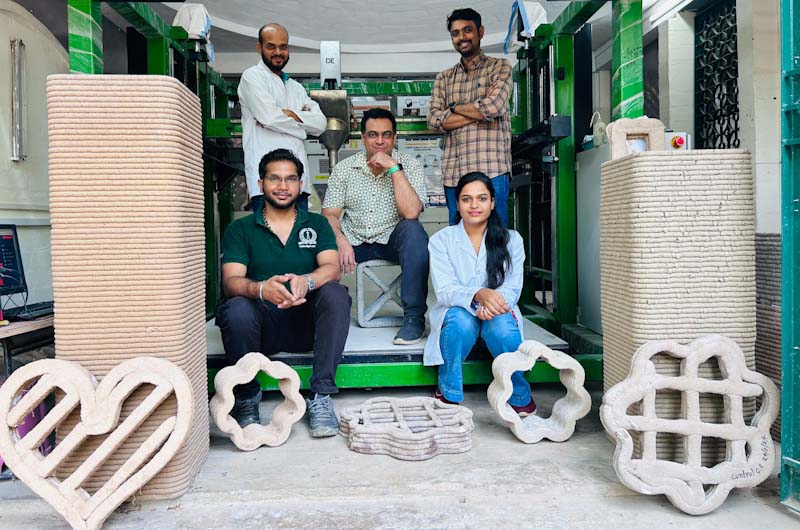
By employing CO2-treated construction waste in mortar and subjecting it to curing in a CO2-rich environment, they've accelerated the development of material strength. This innovative approach has led to a substantial increase in compressive strength, rendering the materials suitable for a myriad of construction applications. The accelerated material development process not only improves construction efficiency but also contributes to the overall sustainability of the built environment.
Enhancing Engineering Performance:
In addition to enhancing material strength, the integration of CO2 into clay soil, commonly found at construction sites, has yielded significant improvements in engineering performance. The stabilization process involving CO2 injection enhances the interaction between clay soil, cement, and lime, resulting in enhanced structural stability and durability. This enhancement in engineering performance not only improves the quality of construction but also extends the lifespan of built structures, further contributing to sustainable development.
Future Prospects and Applications:
The implications of this research extend far beyond material development. Dr. Gupta's team is actively exploring the incorporation of captured CO2 into cement-lime-soil composites, potentially replacing a significant portion of fine aggregates used in mortar. This innovative approach not only reduces reliance on natural resources but also promotes the utilization of industrial waste gases in construction materials. Furthermore, the development of 3D-printable materials using stabilized excavated soil, cement, slag, and fly ash offers superior printability and customization options, revolutionizing the construction process. These advancements pave the way for a more sustainable and efficient construction industry, with vast implications for the global built environment.
Conclusion:
The groundbreaking work conducted by scientists at IISc's Centre for Sustainable Technologies represents a monumental achievement in the quest for sustainable construction materials. By harnessing the power of carbon dioxide and leveraging innovative techniques, they've not only addressed the sand scarcity crisis but also ushered in a new era of eco-friendly construction practices. As their research continues to evolve, the promise of sustainable construction materials becomes increasingly attainable, heralding a brighter, more sustainable future for the built environment. The efforts of Dr. Souradeep Gupta and his team serve as a beacon of hope in the global pursuit of environmental sustainability, inspiring future generations to prioritize innovation and sustainability in construction practices.

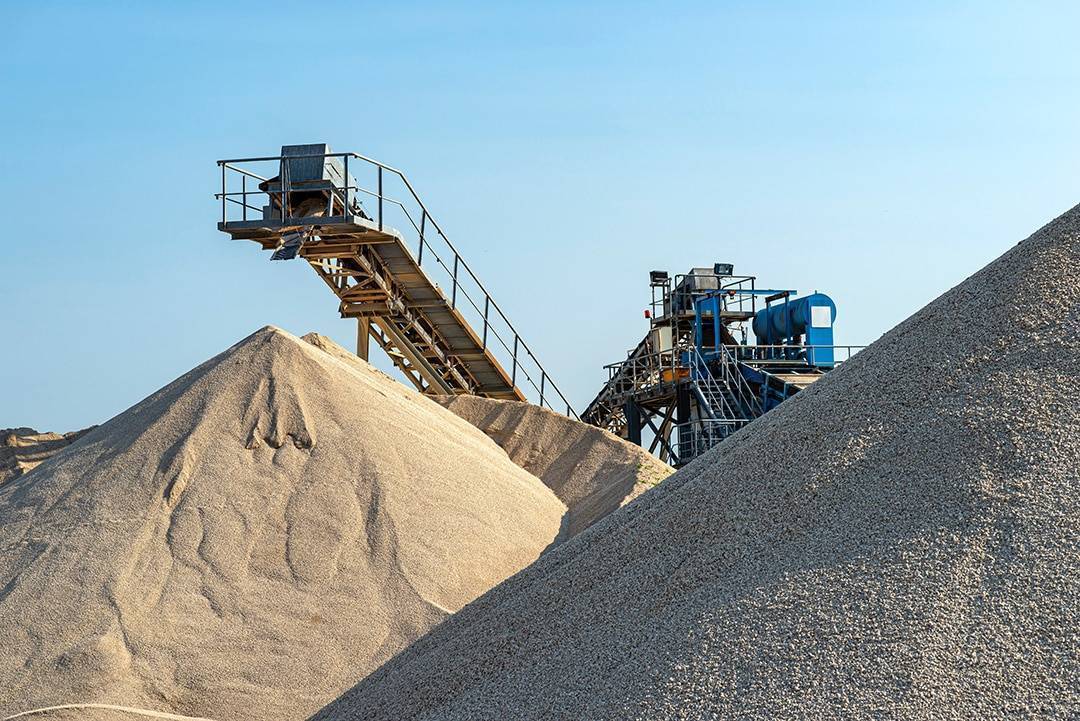
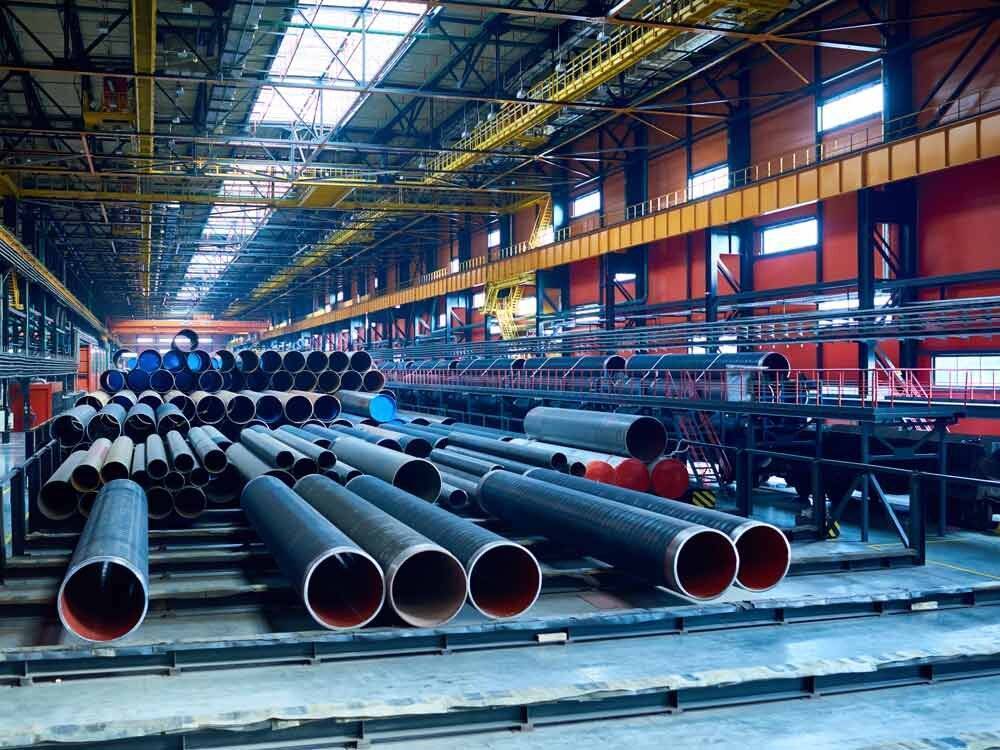
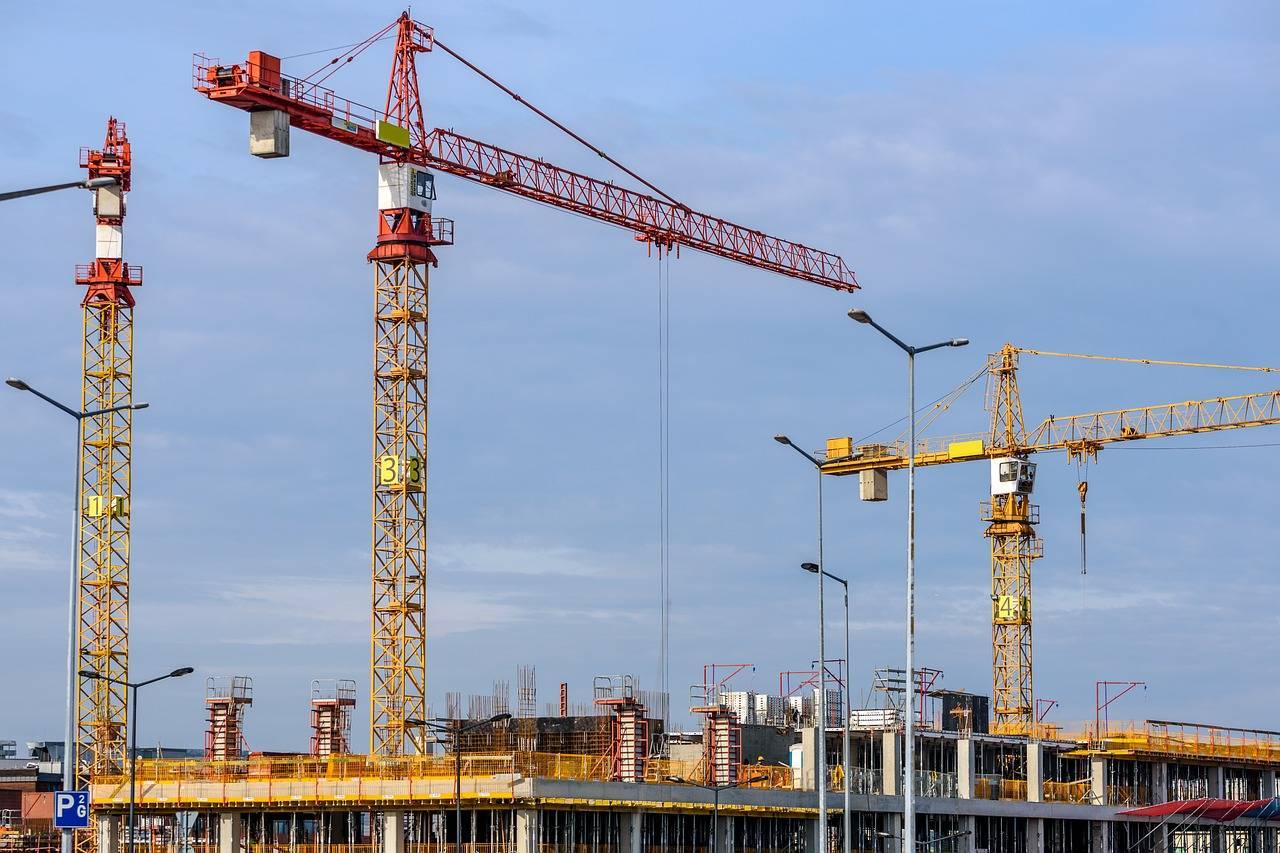

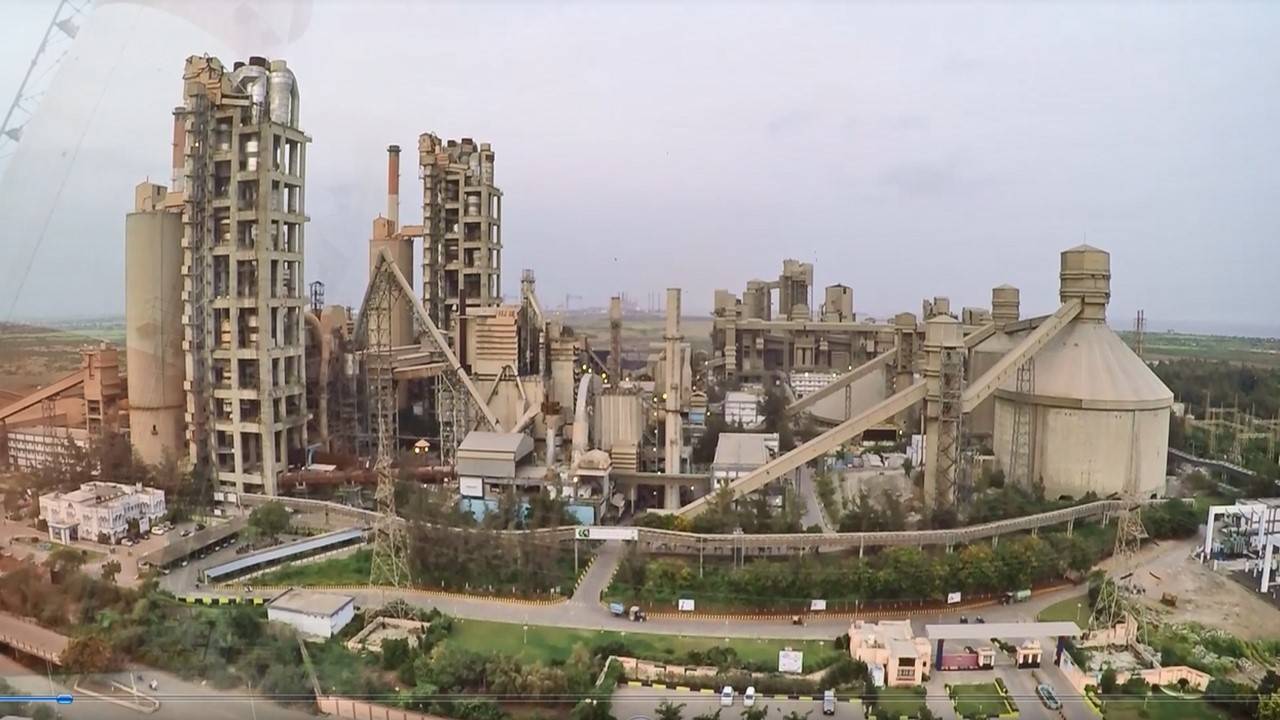
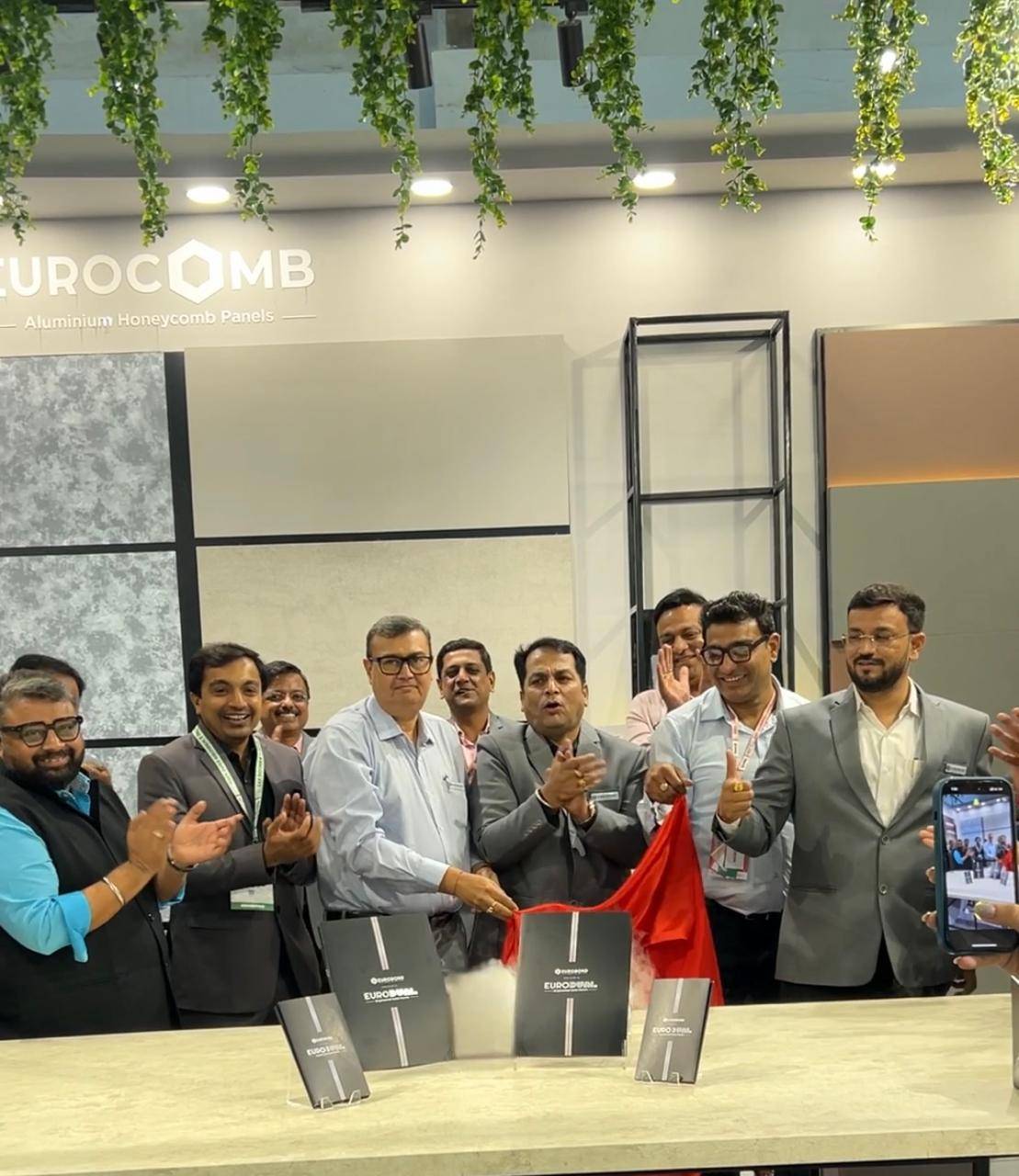
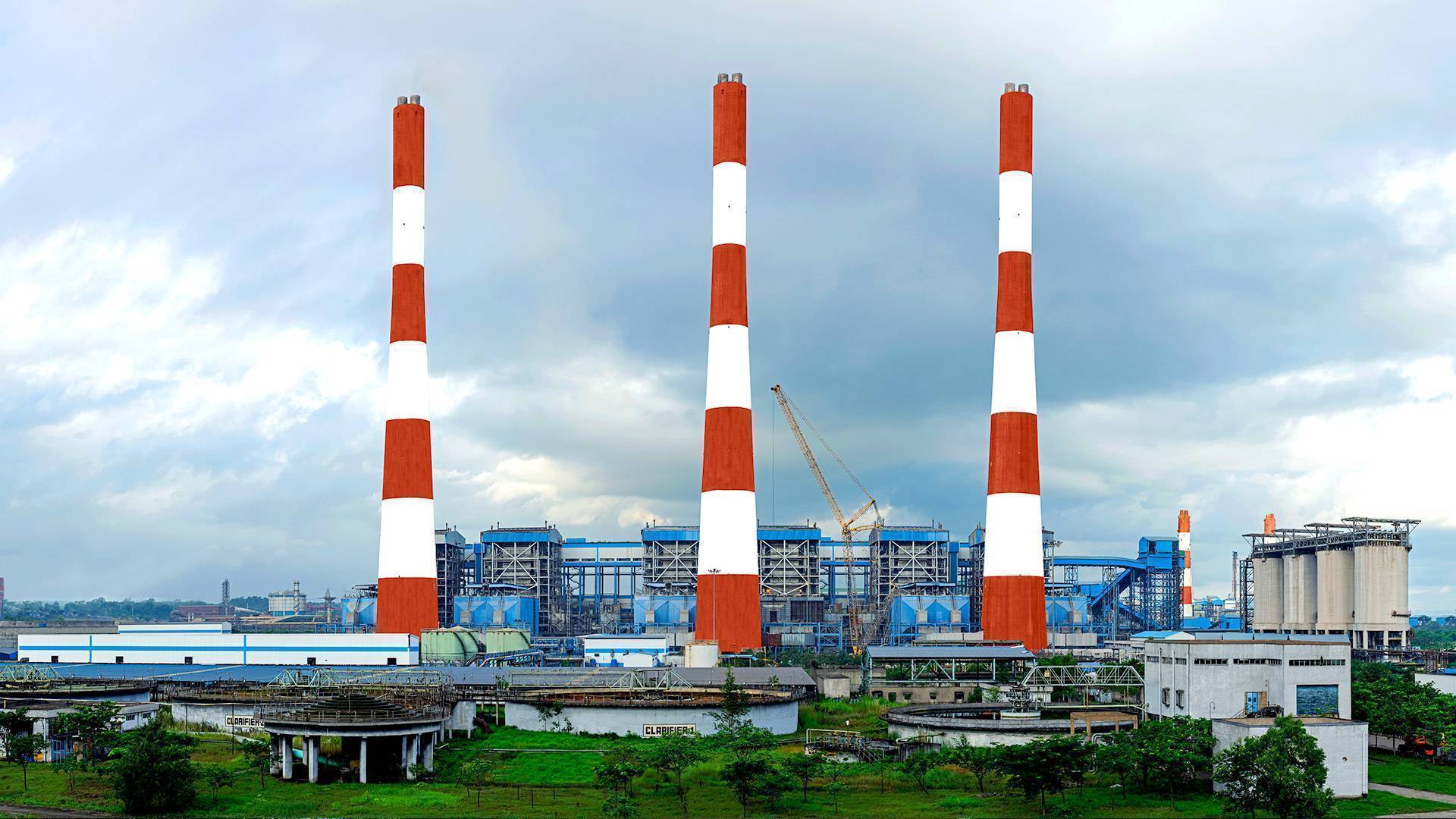
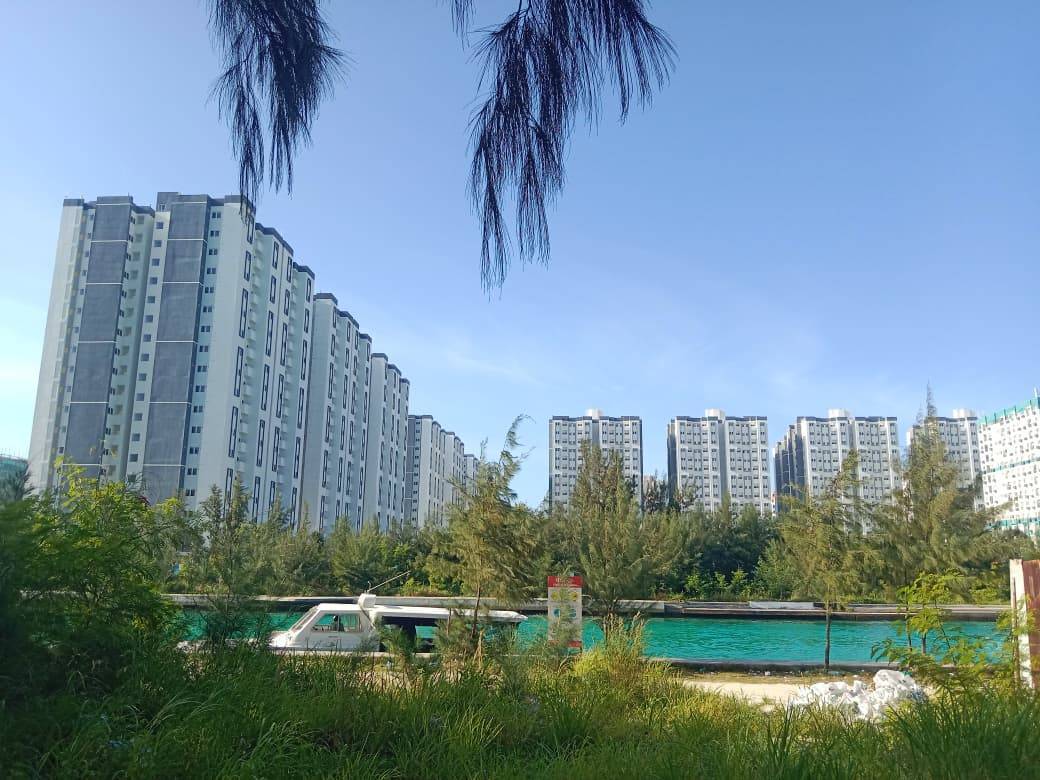
.png)